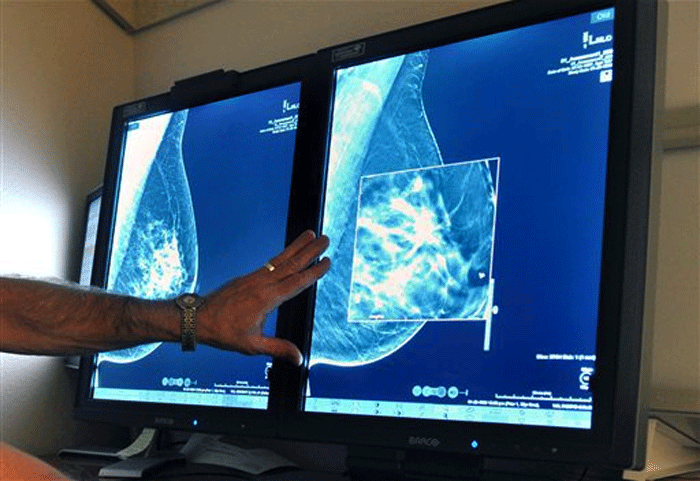.

The Indian Space Research Organisation (ISRO) is working on 4-D and 5-D imaging technology.
Disclosing this after inaugurating the 6{+t}{+h}International Conference on Health GIS here on Friday, distinguished scientist and professor at ISRO, A. Sivathanu Pillai said work on 4-D and 5-D imaging technology was part of the space agency’s engagement with “hyperspectral imaging,” which is a new and emerging area in Geographic Information System (GIS).
“Using the satellite, we are trying to process and view the five-dimensional images,” said Dr. Pillai, who is also the former Managing Director of BrahMoS Aerospace, Ministry of Defence.
Pointing out that 4-D and 5-D imaging technology would be coming out in a big way, Dr. Pillai said researchers, doctors and students would soon be able to use the most advanced GIS tool for welfare activities.
He appealed to institutions and others to make use of the valuable spatial data available at ISRO facilities for preventing epidemics and improving healthcare.
Dr. Pillai, who recalled how the images of coconut trees in Kerala, obtained from remote sensing satellites, helped tackle the spread of a viral disease a few decades ago, pointed out that spatial data patterns can be used for public health interventions in a cost-effective manner.
Healthcare and prevention of diseases can be better addressed if all relevant data and analyses are provided in GIS maps through an institutionalised arrangement involving the government agencies.
Vice-Chancellor of JSS University B. Suresh referred to the recent rains in Chennai and said GIS could be used to address a possible outbreak of post-flood epidemic. The breeding space for diseases can be identified through GIS and necessary healthcare measures can be taken.
The theme of the international conference on GIS organised by JSS University in association with Asian Institute of Technology, Bangkok and Khon Kean University, Bangkok, is “Geo ICT for Epidemic Control and Healthcare.”
Quelle: The Hindu
3195 Views

